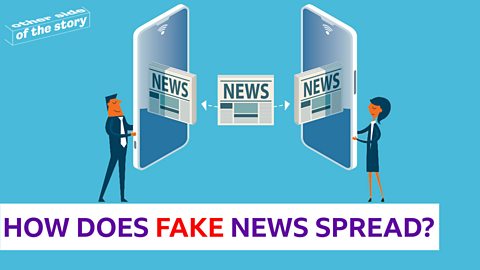Conspiracy theories, misinformation and speculation about coronavirus have flooded social media. But who starts these rumours? And who spreads them?
Marianna Spring, the 91Čȱ¬ specialist reporter who investigates fake news and a team in 91Čȱ¬ Trending looked at hundreds of misleading stories to get an idea about who is behind misinformation - and what motivates them. In this video, Marianna explains who are the seven types of people who start and spread falsehoods.
Who starts viral misinformation... and who spreads it?
Who starts it?
- Joker
- A prankster who will share a fake story as a joke. This can quickly be taken out of context and people might believe it's true.
- Scammer
- An individual or group of people who will use fake news to trick you into giving away money or personal details.
- Politicians
- Misleading claims from elected government officials.
- Conspiracy theorist
- Someone who shares an unproven theory, such as 5G spreading coronavirus, believing it is true.
- Insider
- An individual who claims to be from a trustworthy source, but it can't be proven if they are.
Who spreads it?
- Relative
- Fake news that spreads through chat groups of friends and family.
- Celebrity
- Famous faces who post fake news or misleading claims on social media or TV.
Where next?
How does fake news spread?
Vick Hope finds out how fake news plays on our emotions and why we should pause before we share.

How to spot fake news and misinformation online
Fake news and misinformation gets shared online, here is how to spot it.

Fake News - and how to spot it
How can you tell what you're seeing on social media is genuine?

Fact or Fake?
Find out how to spot and stop fake news with 91Čȱ¬ Bitesize.
